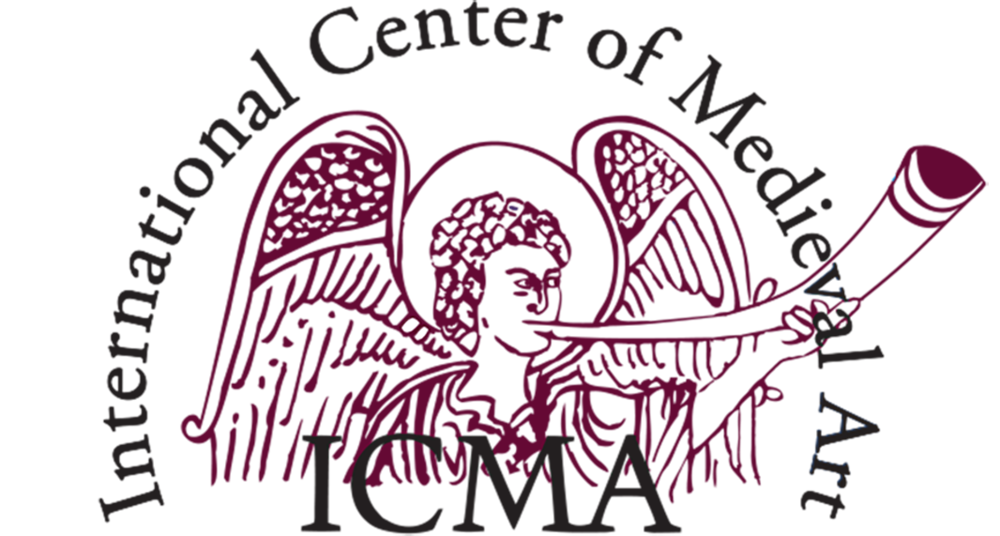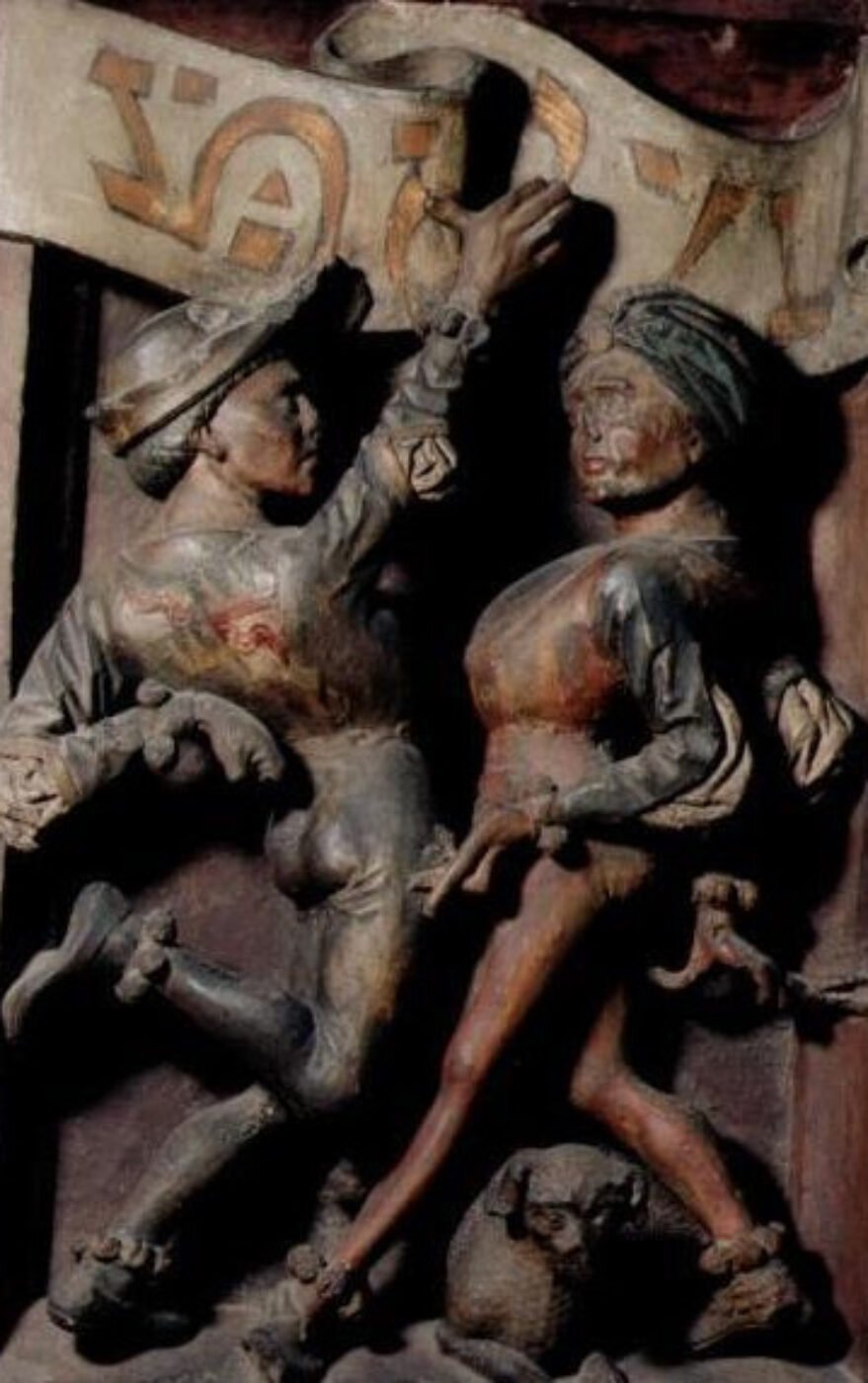The Walters Art Museum presents an extraordinary exhibition celebrating the artistic traditions of Ethiopia from their origins to the present day. Ethiopia at the Crossroads is the first major art exhibition in America to examine an array of Ethiopian cultural and artistic traditions from their origins to the present day and to chart the ways in which engaging with surrounding cultures manifested in Ethiopian artistic practices. Featuring more than 220 objects drawn from the Walters’ world-renowned collection of Ethiopian art and augmented with loans from American, European, and Ethiopian lenders, the exhibition spans 1,750 years of Ethiopia’s proud artistic, cultural, and religious history.
Seated in the Horn of Africa between Europe and the Middle East, Ethiopia is an intersection of diverse climates, religions, and cultures. Home to over 80 different ethnicities and religious groups, a large portion of the historic artistic production in Ethiopia supported one of the three Abrahamic faiths (Judaism, Christianity, and Islam), all of which have early roots in Ethiopia. As one of the oldest Christian kingdoms, Ethiopian artists produced icons, wall paintings, crosses of various scales, and illuminated manuscripts to support this religious tradition and its liturgy.
Ethiopia at the Crossroads examines Ethiopian art as representative of the nation’s notable history, including its status as an early adopter of Christianity and the only African nation that was never colonized, and demonstrates the enormous cultural significance of this often-overlooked African nation through the themes of cross-cultural exchange and the human role in the creation and movement of art objects. In particular, the exhibition traces the creation and movement of art objects, styles, and materials into and out of Ethiopia, whether across the Red Sea, the Arabian Sea, the Mediterranean Sea, and the Indian Ocean, or within the African continent, especially up the Nile River.
Visitors will see painted Christian icons, church wall paintings, healing scrolls, bronze processional crosses, colorful basketry, ancient stone and 20th-century wood sculpture, contemporary artworks, and more. Some of the earliest surviving illuminated manuscripts from Ethiopia are on view along with secular objects produced and utilized by Ethiopians, including coins minted by generations of Aksumite rulers and textiles used for manuscript bindings and garments.
Works by contemporary Ethiopian artists—such as Wax and Gold X (2014) by Wosene Worke Kosrof, a painting utilizing graphic, abstracted forms of Amharic script, the Semitic language widely spoken in Ethiopia and descended from Gəʿəz, an ancient written system indigenous to Africa, and All in One (2016) by Aïda Muluneh, featuring a woman wearing body paint inspired by traditions of African body art and a composition reminiscent of Ethiopian church paintings of the Virgin Mary—are juxtaposed with the historic works to help visitors comprehend and connect with the multiplicity of cultures and histories presented.
Tsedaye Makonnen, guest curator of contemporary art for the exhibition and an Ethiopian American multidisciplinary artist in her own right, will share in-gallery insights about the tangible effect the historic artworks have on these artists, who frequently incorporate their themes, motifs, and stylistic features in varying degrees.
This exhibition is co-organized by the Walters Art Museum, Peabody Essex Museum, and the Toledo Museum of Art. The exhibition will travel to the Peabody Essex Museum April 13–July 7, 2024, and to the Toledo Museum of Art August 17–November 10, 2024.
For more information, https://thewalters.org/exhibitions/ethiopia-crossroads/



















